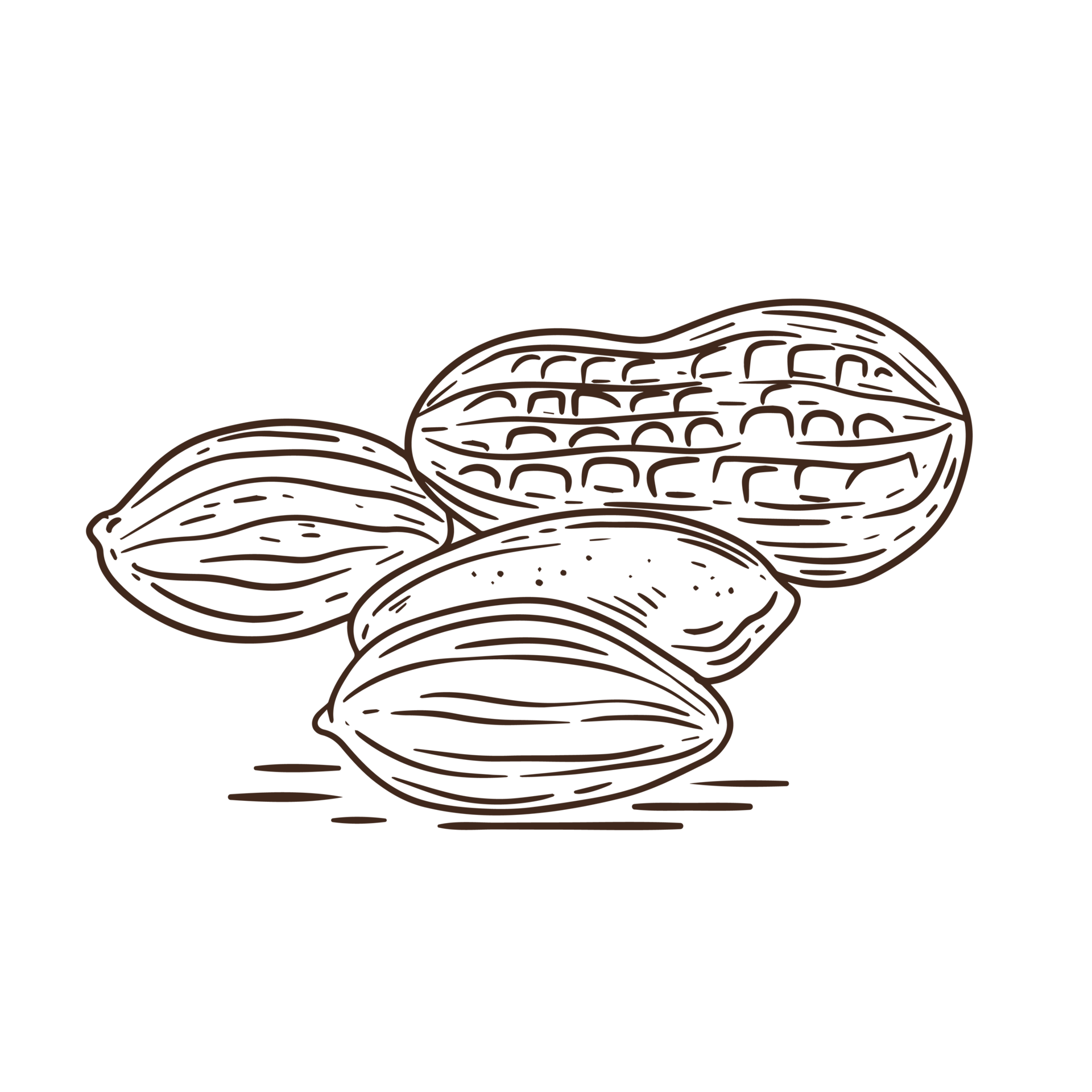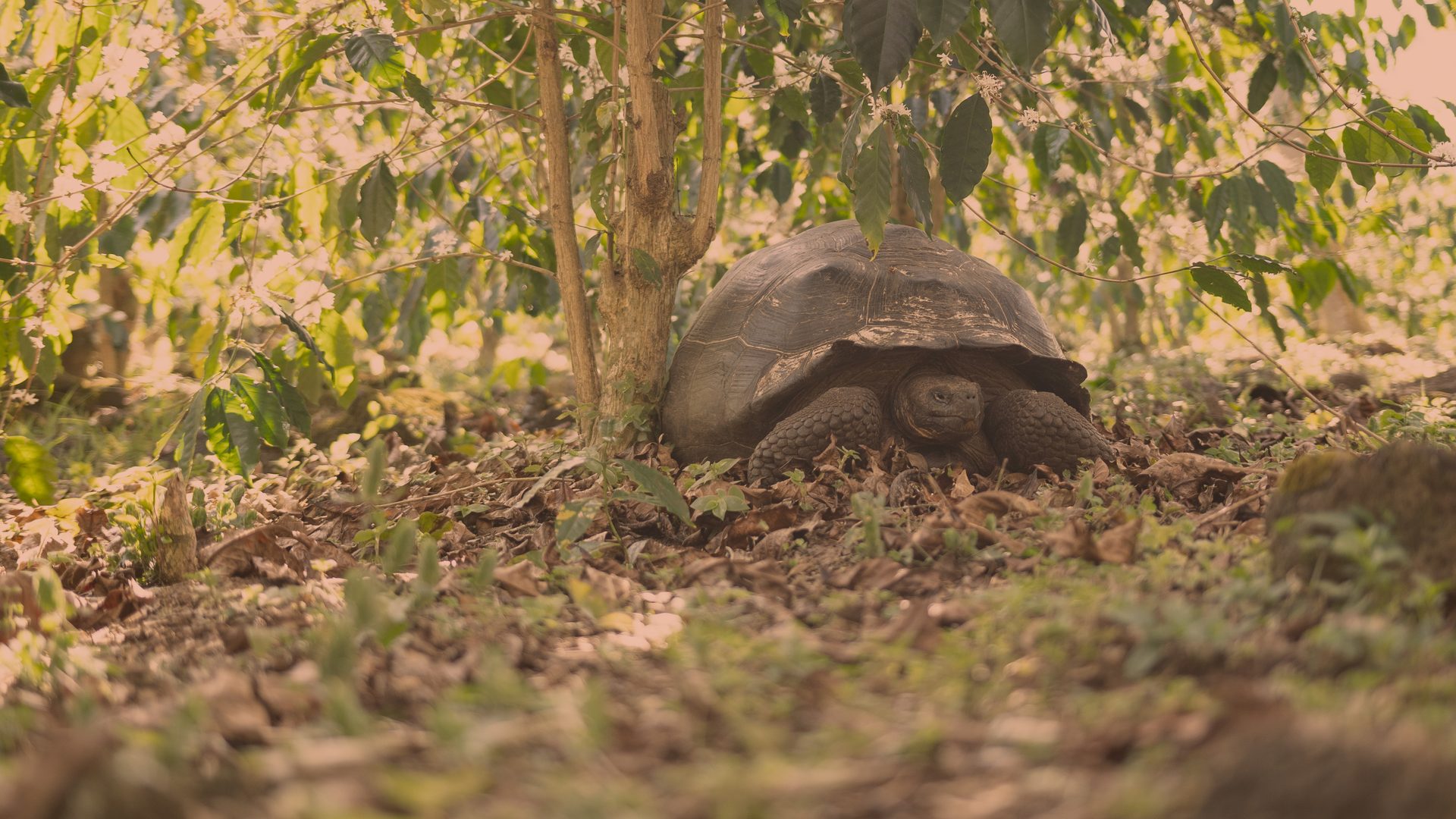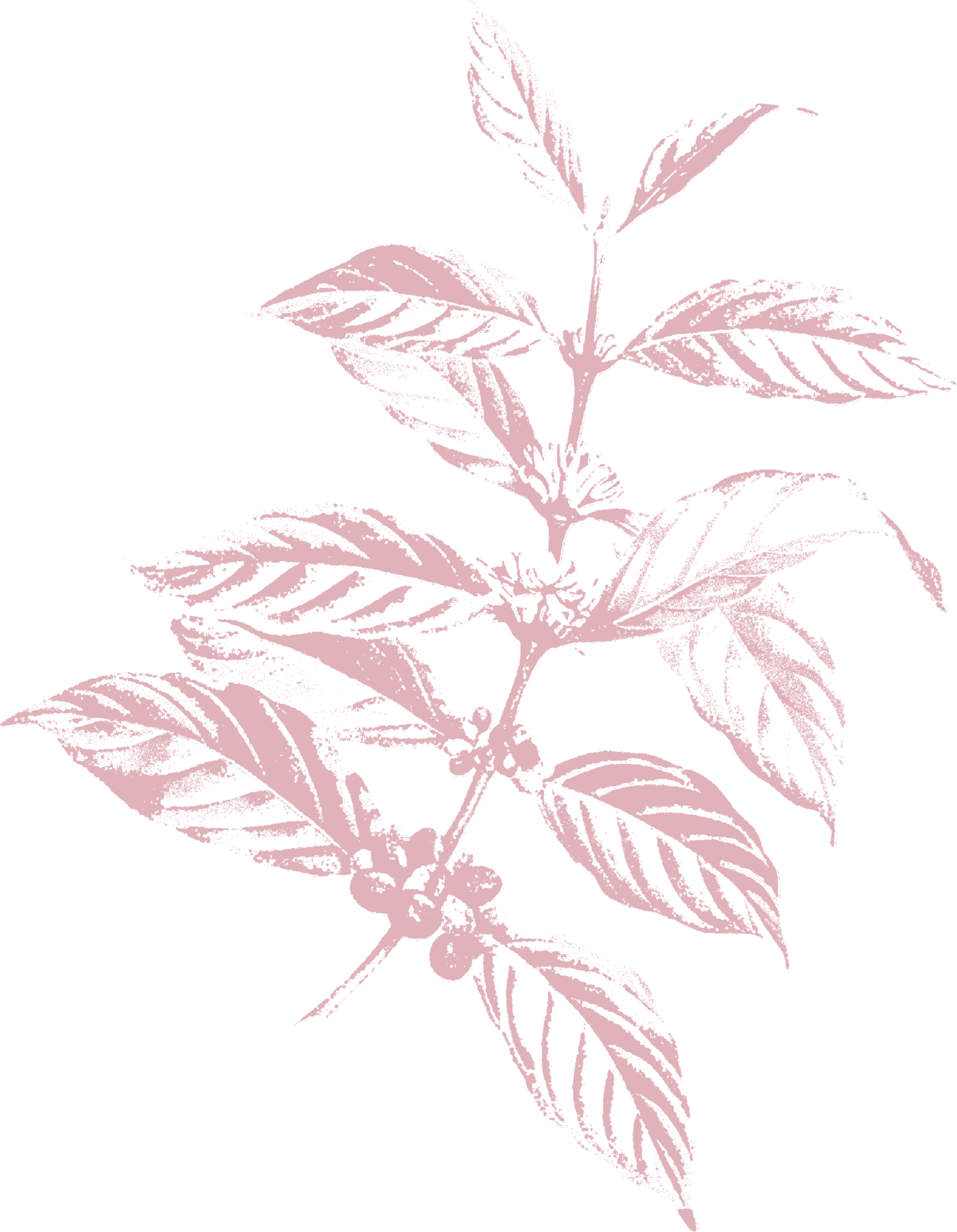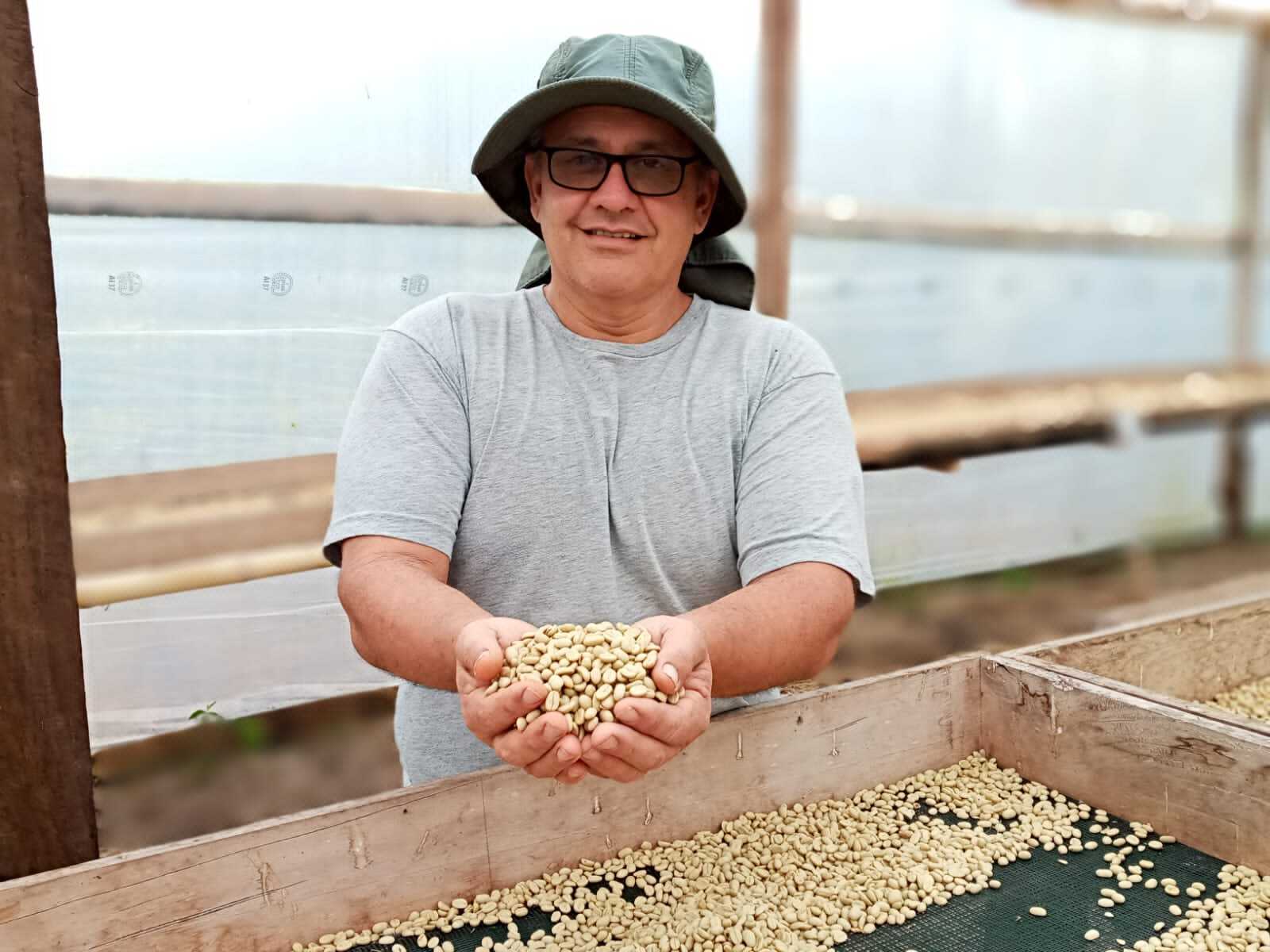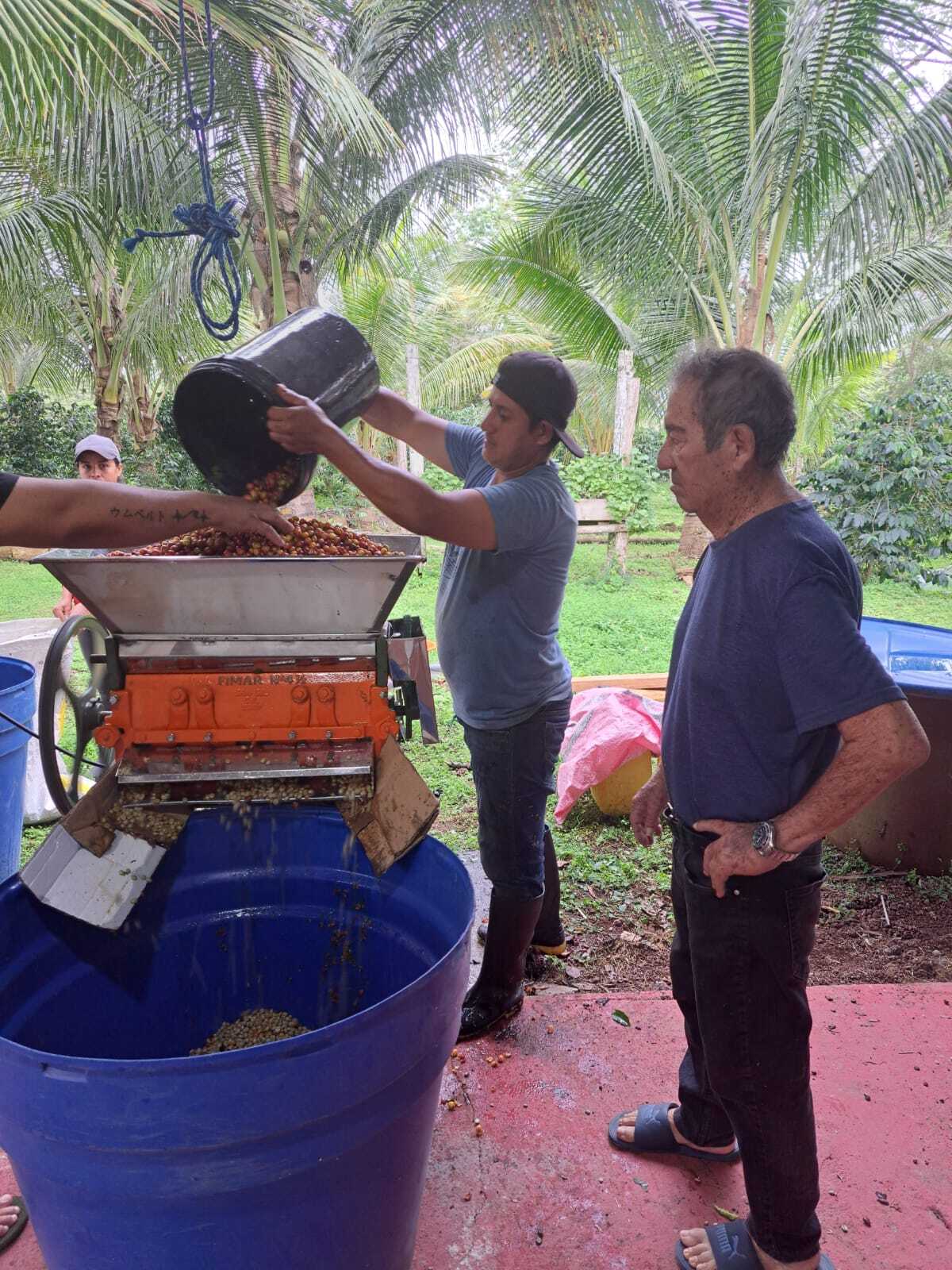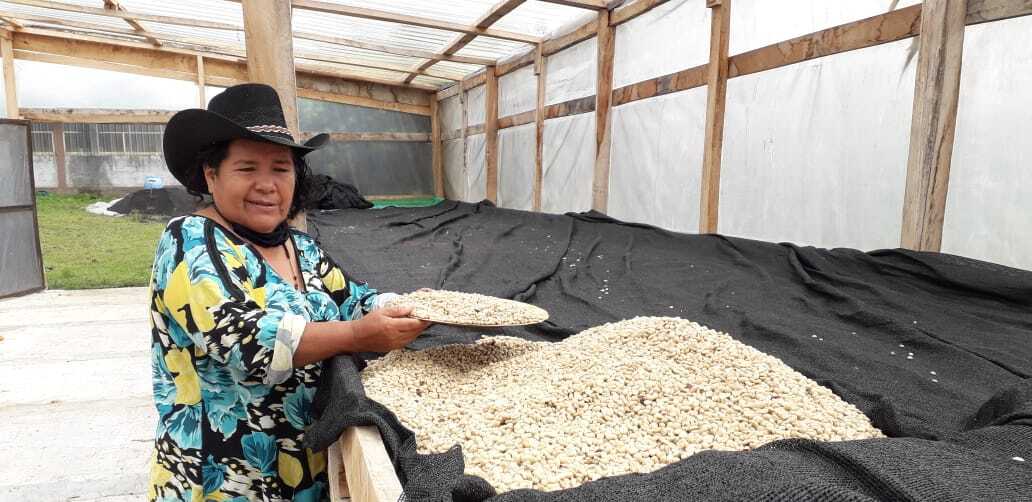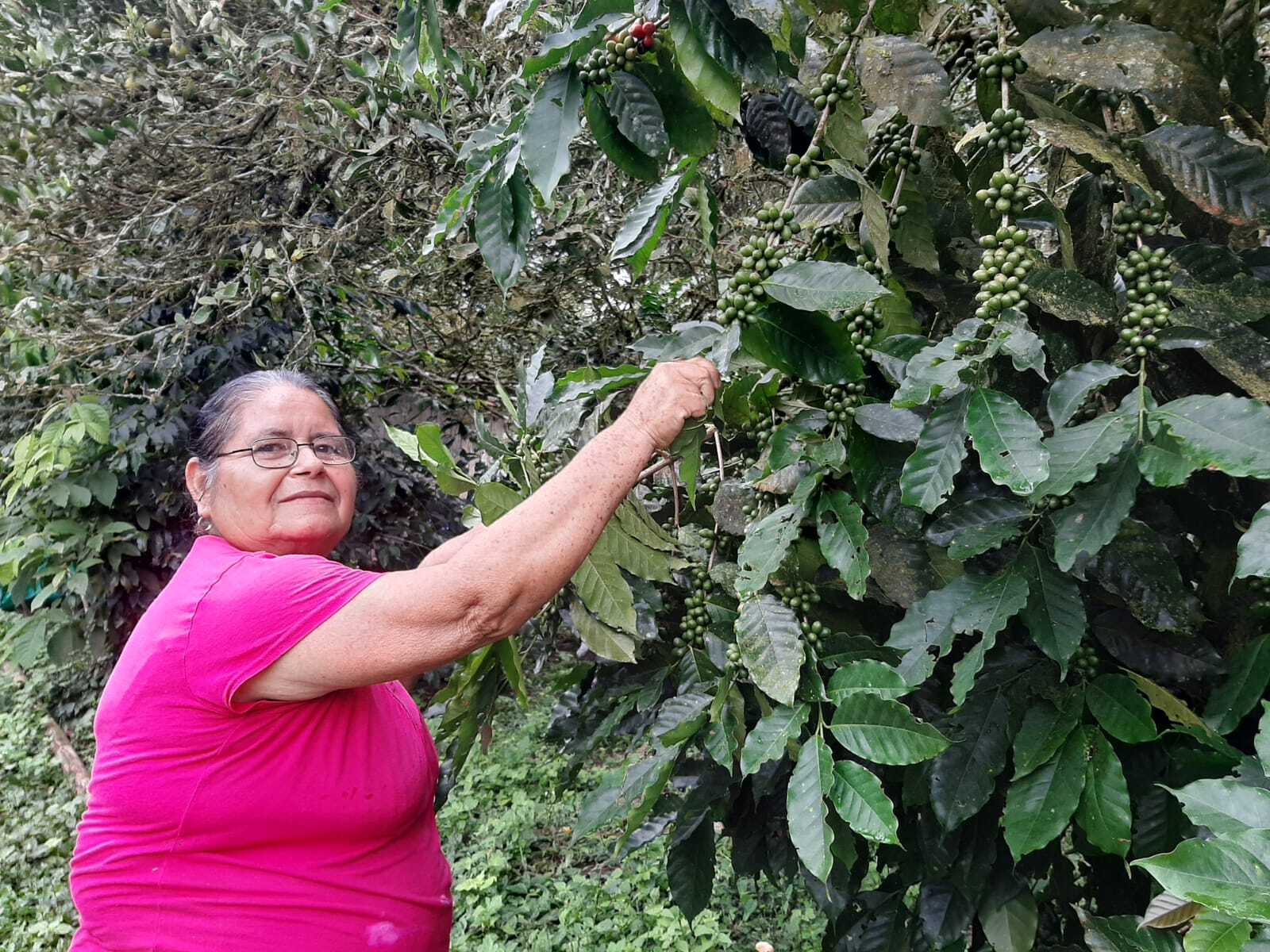Ecuador
In a fragile ecosystem often threatened by tourism and agriculture, Galapagos farmers stand out for their commitment to environmental conservation. Their sustainable practices ensure that coffee cultivation supports, rather than harms, the unique biodiversity of the islands. This dedication highlights a balance between human activity and nature in one of the most biodiverse-sensitive regions in the world.
The Galapagos Islands, located 1,000 kilometers from mainland Ecuador, are a one-of-a-kind destination often referred to as a "living museum of evolution." Declared a UNESCO World Heritage Site, these islands are celebrated for their extraordinary biodiversity and minimal human impact. Despite their location on the Equator, the islands benefit from the cool Humboldt currents, which create diverse microclimates. On Santa Cruz Island, where most coffee is grown, the northern side is a dry tropical forest, while the southern side is humid and lush—the perfect environment for coffee cultivation.
The Galapagos offers a distinctive coffee-growing experience, with plants thriving at altitudes of less than 400 meters above sea level, thanks to the island's exceptional microclimates. Farms here preserve heirloom varieties like Typicas and Bourbons, brought to the islands over a century ago by Manuel Cobos, a coffee enthusiast who smuggled Bourbon plants from French Polynesia. Many of these coffee trees are more than 30 years old, adding a historical legacy to the region’s coffee production.
Visiting the Galapagos leaves a lasting impression. The islands’ untouched environment, unique wildlife, and sustainable coffee practices inspire people to think differently about their relationship with nature. The Galapagos offers a rare glimpse into a world where harmony between humans and the environment is not only possible but thriving.

CUP PROFILE
nuts
caramel sweet
light citrus
silky body
mineral notes


